 Welcome
Welcome
“May all be happy, may all be healed, may all be at peace and may no one ever suffer."
Calciphylaxis
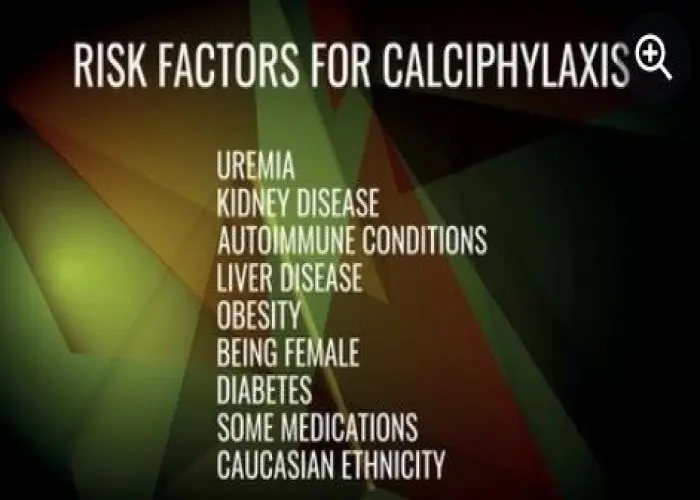
Calciphylaxis, also known as calcific uremic arteriolopathy, is a rare but serious condition that affects people with end-stage kidney disease (ESKD) or those with other types of chronic kidney disease. It is characterized by the calcification of small blood vessels in the skin and fatty tissue, leading to tissue damage, skin ulcers, and a high risk of infections. The condition can be extremely painful and can be life-threatening.
The exact cause of calciphylaxis is not well understood, but it is thought to be related to an imbalance in calcium and phosphate metabolism in the body, which leads to the deposition of calcium in the walls of small blood vessels. Other risk factors for the condition include diabetes, obesity, female sex, and the use of certain medications, such as warfarin.
Treatment for calciphylaxis can be challenging and may involve a combination of measures to control pain, prevent infection, and promote wound healing. These may include the use of pain medications, antibiotics, wound dressings, and surgery to remove damaged tissue. In severe cases, dialysis or kidney transplant may be necessary to address the underlying kidney disease. Early diagnosis and treatment are important for improving outcomes and reducing the risk of complications.
Research Papers
Disease Signs and Symptoms
- Swollen lump or skin nodules
- Skin lesions
- Kidney failure
Disease Causes
Calciphylaxis
The exact cause of calciphylaxis is unknown, but recent studies have revealed that most people with the condition have abnormalities in blood-clotting factors. Blood-clotting factors are substances in your blood that help stop bleeding. These abnormalities can lead to small blood clots forming more often than they normally would.
In addition, people with calciphylaxis have an imbalance in the metabolism of calcium. This causes calcium to be deposited in the smallest parts of the arteries (arterioles), which eventually leads to the formation of blood clots in the arterioles. Blood clots can cause fat tissues and skin to be deprived of oxygen and nourishment.
Disease Prevents
Disease Treatments
Multiple interventions are used to treat calciphylaxis, including:
Restoring oxygen and blood flow to the skin
Medication that helps keep your blood from clotting (anticoagulation medication) such as apixaban (Eliquis) will likely be prescribed to restore blood flow to affected tissues.
Hyperbaric oxygen therapy can help to increase oxygen delivery to the affected parts of the body. Or your doctor may use low-dose tissue plasminogen activator (TPA) to dissolve blood clots in the tiny blood vessels of the skin.
Decreasing calcium deposits
- Dialysis. Your doctor may change your dialysis prescription if you're on kidney dialysis, including the medications used in and the frequency of your dialysis.
- Changing medications. Your doctor will evaluate your current medications and eliminate potential triggers for calciphylaxis, such as warfarin, corticosteroids or iron, and may modify the amount (dose) of your calcium or vitamin D supplements.
- Taking medications. A medication called sodium thiosulfate can decrease calcium buildup in the arterioles. It's given intravenously three times a week, usually during dialysis. Your doctor may also recommend a medication called cinacalcet (Sensipar), which can help control parathyroid hormone (PTH). Other medications may be used to improve the balance of calcium and phosphorus.
- Surgery. If an overactive parathyroid gland (hyperparathyroidism) contributes to abnormal calcium metabolism by producing too much PTH, surgery to remove all or part of the parathyroid glands may be recommended.
Applying intensive wound treatment
For sores to heal, some of the tissue damaged by calciphylaxis may need to be surgically removed (debridement). In some cases, tissue can be removed using other methods, such as wet dressings. Antibiotic treatment is part of treating and preventing wound infection.
You may be offered medication for managing pain due to calciphylaxis or during wound care.
Disease Diagnoses
Disease Allopathic Generics
Disease Ayurvedic Generics
Disease Homeopathic Generics
Disease yoga
Calciphylaxis and Learn More about Diseases
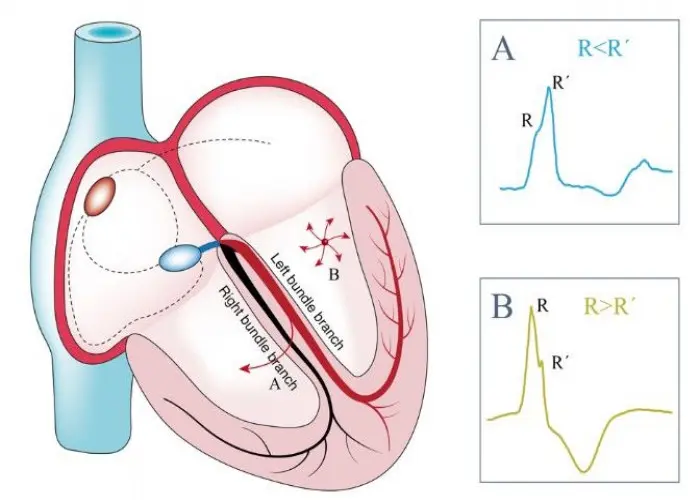
Bundle branch block

Spinal cord tumor

Enlarged heart
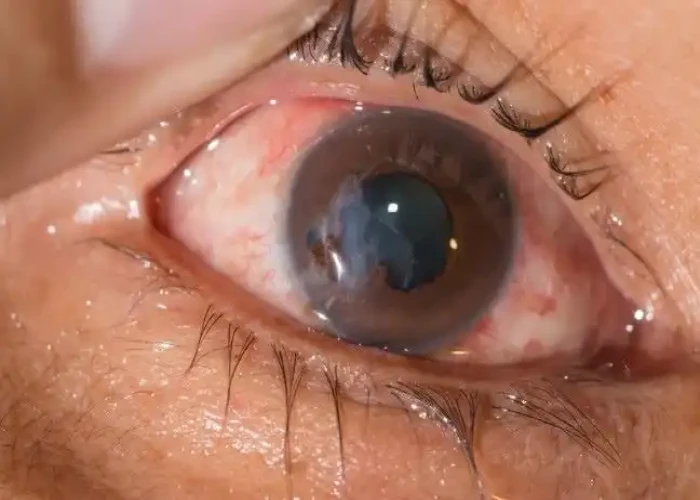
Traumtic eye

Celiac disease
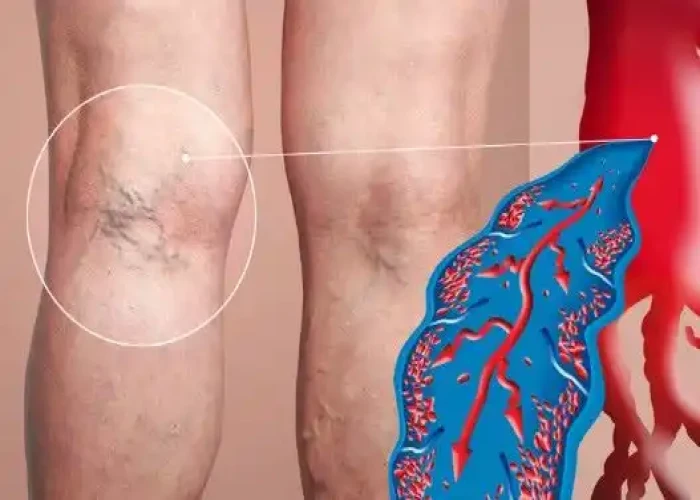
Varicose veins
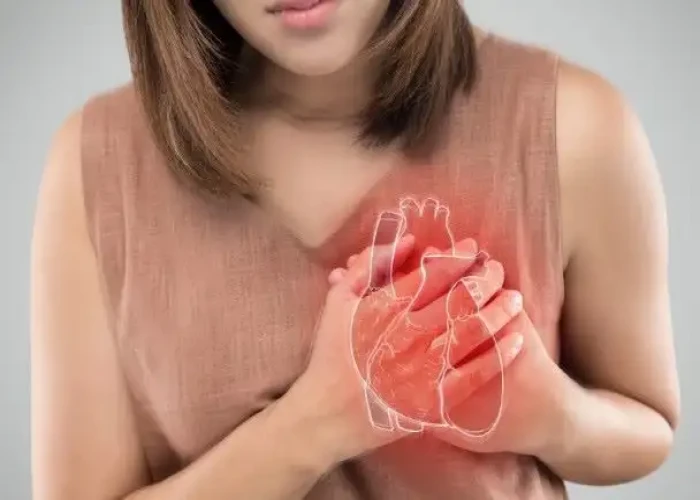
Sudden cardiac arrest

Scoliosis
Calciphylaxis, Calciphylaxis treatment, ক্যালসিফিল্যাক্সিস
To be happy, beautiful, healthy, wealthy, hale and long-lived stay with DM3S.
